The competitive insights of the Global Modular Construction Market reveal a thriving landscape characterized by innovation, adaptability, and strategic positioning among key players. As the demand for sustainable building solutions continues to rise, the modular construction sector is witnessing rapid growth.
This shift is driven by factors such as increased urbanization, the need for faster construction timelines, and a growing emphasis on environmental sustainability. In this dynamic market, companies are leveraging advanced technologies and manufacturing processes to enhance efficiency, reduce costs, and address the challenges of traditional construction methods.
The emerging trends in modular construction indicate a competitive environment where firms are increasingly focused on forming strategic partnerships, enhancing their product offerings, and expanding their geographic reach to meet diverse consumer needs.
Saint-Gobain has positioned itself as a formidable player within the Global Modular Construction Market by focusing on energy-efficient and sustainable building solutions. The company is recognized for its extensive product portfolio, which includes a wide range of insulation materials, lightweight construction products, and advanced facades designed to meet the demands of modern architecture.
With a strong commitment to research and development, Saint-Gobain continuously innovates to stay ahead of industry trends and enhance the performance of its offerings. Its global presence is bolstered by an established distribution network that ensures the availability of its products across various regions.
The company's strengths lie in its strong brand reputation, expertise in materials science, and dedication to sustainability, positioning it as a preferred choice for modular construction projects worldwide.
Turner Construction operates as a significant entity in the Global Modular Construction Market, specializing in delivering comprehensive construction solutions tailored to the needs of its clients. The company is renowned for its expertise in pre-fabricated building systems and modular construction methods, which enable accelerated project timelines and cost efficiencies.
Key products and services offered by Turner Construction include project management, construction financing, and consultation services, all geared towards ensuring successful project completions. Turner’s market presence is fortified by strategic mergers and acquisitions that have expanded its capabilities and geographical footprint, allowing it to capitalize on emerging market opportunities.
The company's strengths are evident in its robust portfolio of completed projects, a strong emphasis on client relationships, and a commitment to innovation, thus reinforcing its position within the global modular construction sector.
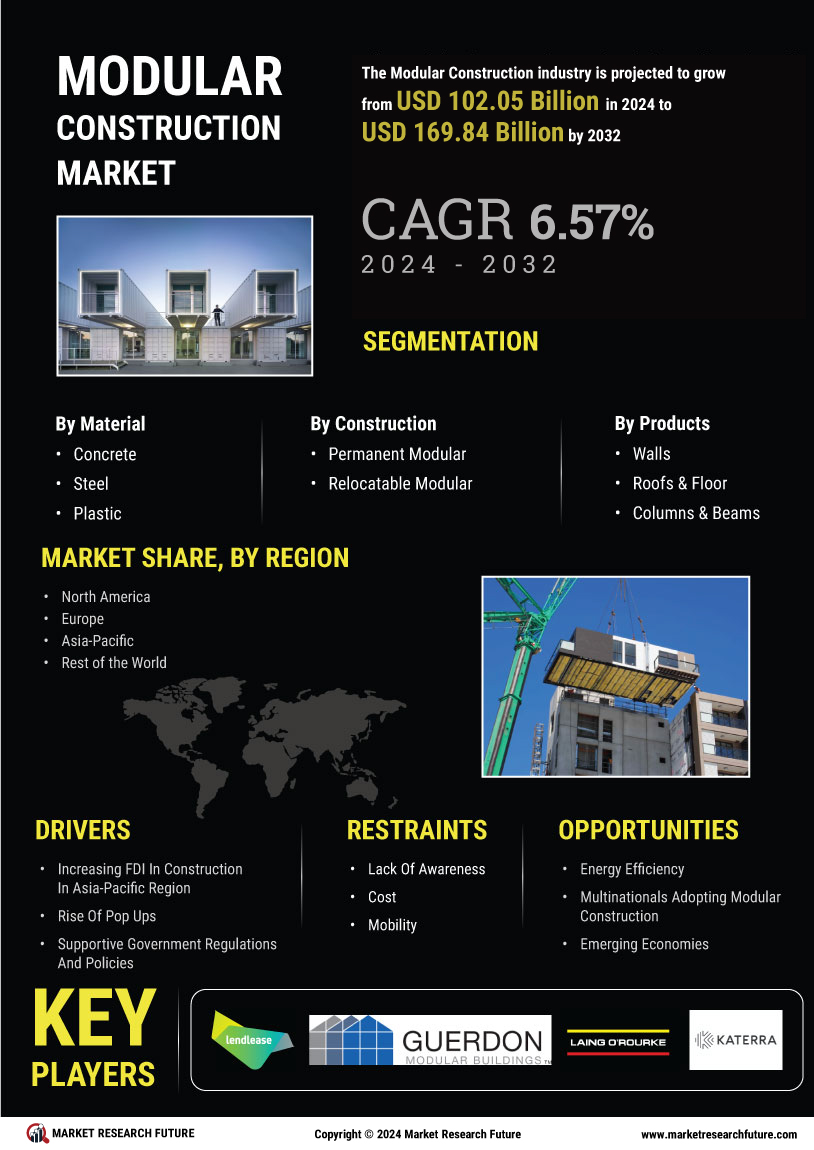

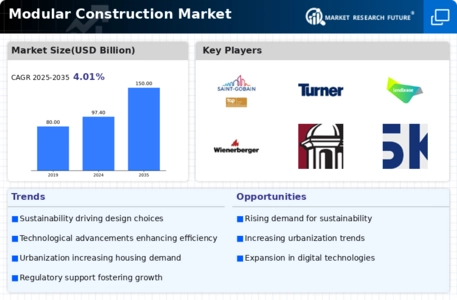

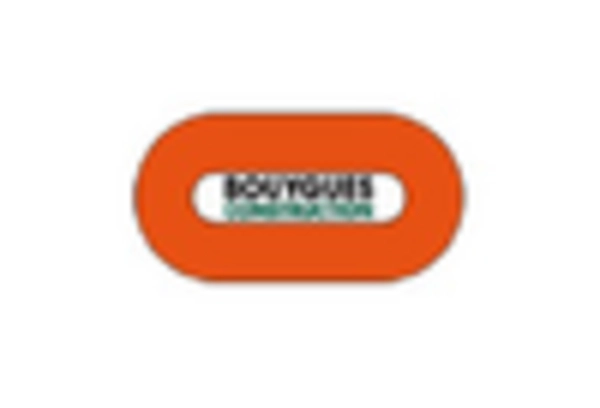
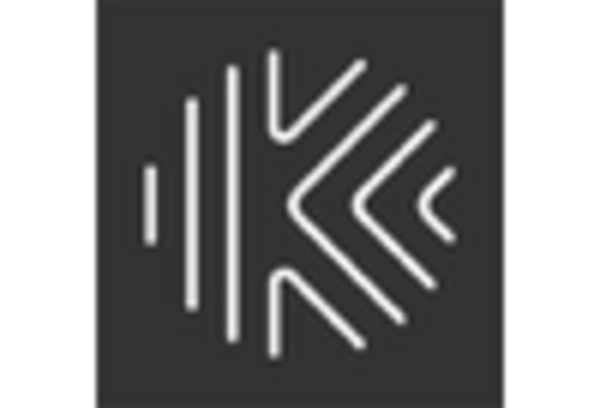


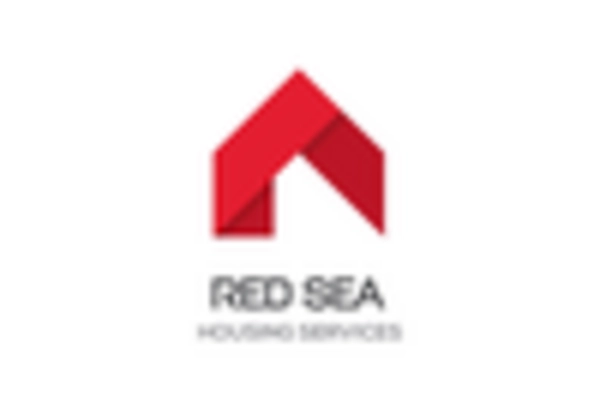
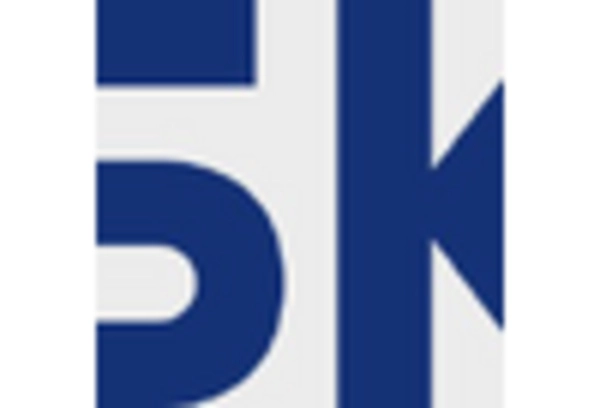








Leave a Comment